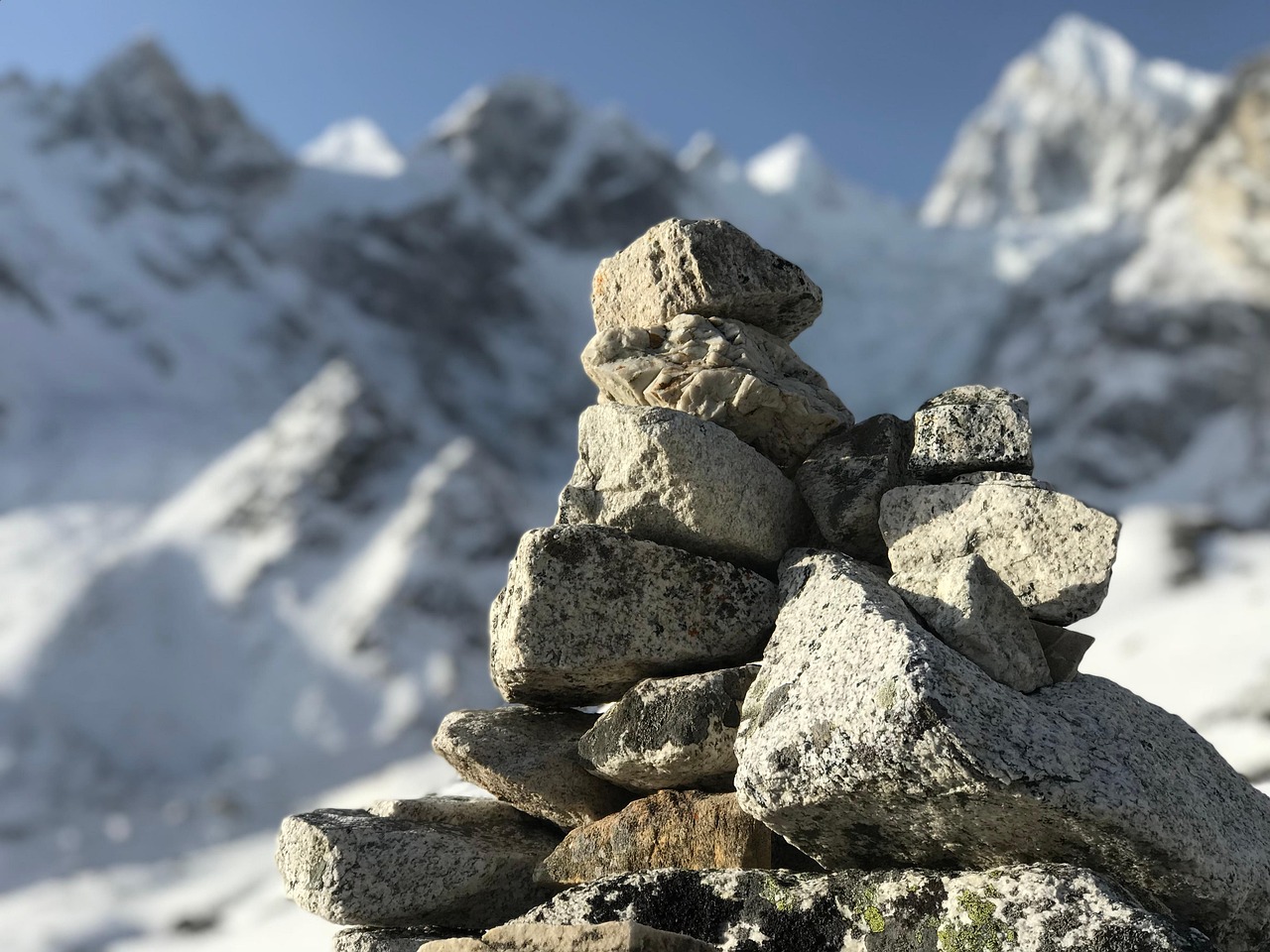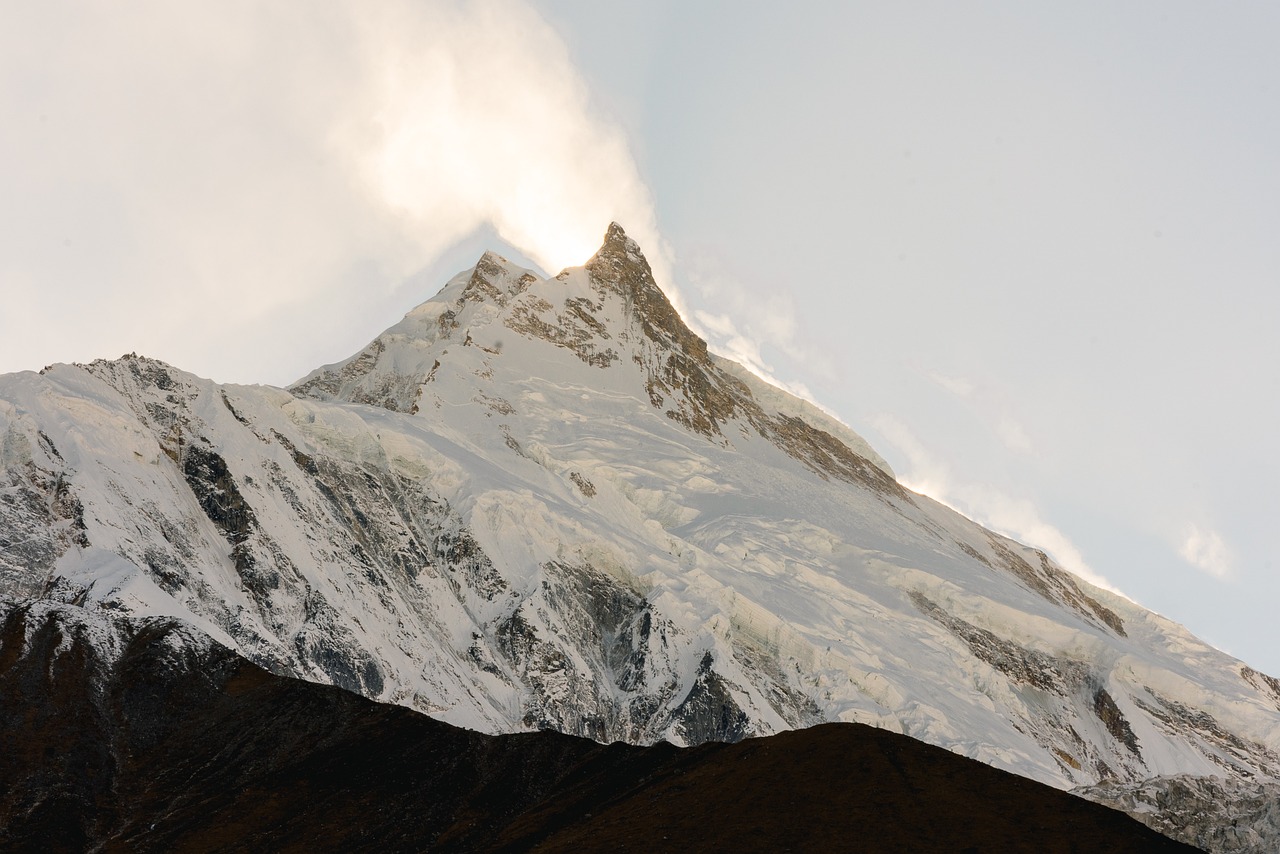The Tsum Valley and Manaslu Circuit trek circles around Mount Manaslu, the world’s eighth highest mountain, offering an unforgettable adventure through the Himalayas. This trek takes you across the challenging Larkya La Pass (5,106m/16,751ft) and through several traditional villages rich in culture and history. Along the route, you will explore the remote Tsum Valley, located within the Manaslu Conservation Area and home to the indigenous Tsumba community, known for their unique Buddhist heritage and warm hospitality.
+977 9851191802
info@everestdestinytreks.com
Google Review




